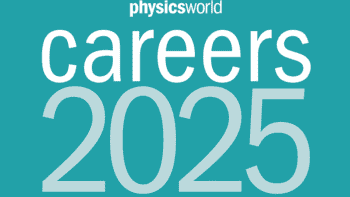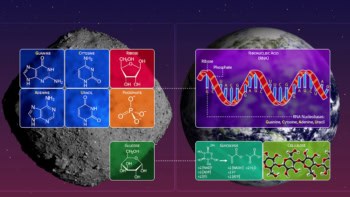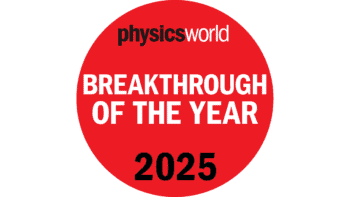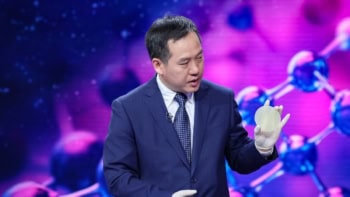The Earth Moves: Galileo and the Roman Inquisition
Dan Hofstadter
2009 W W Norton
240pp £18.99/$23.95 hb
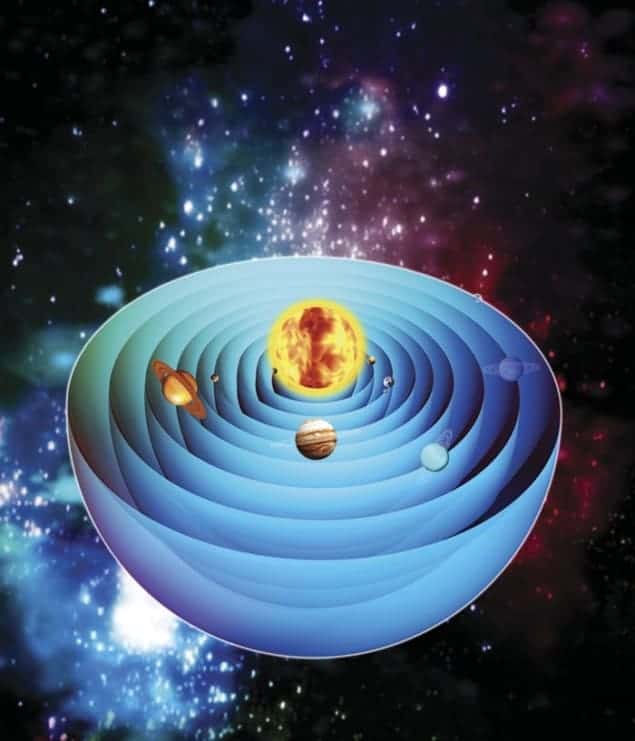
There are so many books about Galileo, author Dan Hofstadter remarks, so why another? Given that 2009 marks the 400th anniversary of the first astronomical use of the telescope, where Galileo’s role was paramount, the answer may seem obvious. But that is not where the strength of Hofstadter’s book lies. In The Earth Moves: Galileo and the Roman Inquisition, he instead advances the clock to 1633, towards the end of the Italian scientist’s career and the year of the infamous trial that resulted after Galileo’s Dialogue on the Two Great World Systems was published in 1632.
Here, in one of the most lucid treatments available in English, Hofstadter carefully identifies all the leading participants, and dissects the three successive hearings that Galileo was subjected to. One particular hero to emerge from this account is Francesco Niccolini, the Tuscan ambassador to the Vatican and a savvy advisor to the recalcitrant and argumentative Galileo. Galileo was keen to debate the merits of heliocentric cosmology and the way that Scripture should be interpreted; at one point, he declared (quoting an eminent cardinal) that “The Bible does not teach how the heavens go, but how to go to heaven.” But this was not a wise tactic: while Galileo may have sought intellectual engagement, Hofstadter writes, the Church sought discipline. Niccolini recognized this, and the strategist in him “grasped that the inquisitors saw Galileo as a kind of prodigal son, a famous and gifted Catholic who must at all costs be reconciled to Church doctrine”.
As a result, Hofstadter convincingly argues, never in the entire trial was the status of the heliocentric system discussed. Though obviously heliocentrism remained the elephant in the parlour, the issue for the inquisitors, clearly, was whether Galileo had disobeyed orders by teaching Copernican cosmology in his Dialogue. At his first hearing, Galileo made the preposterous claim that his book actually refuted the Copernican system. In his second deposition he backed off, saying it had now dawned on him that the Aristotelian side of the argument had not been presented fairly. “I resorted”, he said, “…to the natural gratification everyone feels for his own subtleties and for showing himself to be cleverer than the average man, by finding ingenious considerations even in favour of false propositions.” In other words, as Hofstadter declares, “Galileo was being so bold as to tell the tribunal to convict him of vanity, ignorance, and carelessness, none of which approached heresy.”
By the time of his third interrogation, Galileo’s hopes for a plea bargain arranged by Niccolini had evaporated and he was a broken man. He was even willing to state that “I have not held this opinion of Copernicus since I was notified by the injunction that I was to abandon it [in 1616]”. Hofstadter concludes that every one of Galileo’s answers in this final session reveals that he embraced the doctrine of the Church only because he had been told to, and for no other reason. In other words, Galileo was prevaricating. The ecclesiastical authorities must have suspected as much, but it ultimately suited their strategy to force him to recant in a public confession.
Some of the material in The Earth Moves is as fresh as it is unexpected. The pre-trial section, in particular, places Galileo and his telescope in the artistic context of his favourite poet, Ariosto, and favourite contemporary artist, Cigoli. Perhaps, when Galileo turned his instrument to the Moon, he might even have remembered the line from Ariosto’s Furioso. “On the Moon there are rivers and lakes and hills and dales, like those we have but different.” But with respect to the hard-core science, the book loses a bit of its virtue, and cannot always be taken as an authoritative guide. Describing Galileo’s method for finding the height of a mountain on the Moon, Hofstadter gives a patently absurd height of 8,704,941 miles; one suspects that his publisher ought to have found a better-qualified copy editor. In a similar vein, Galileo never observed sunspots from Venice (p90), and if he had been eager to observe Venus earlier than the fall of 1610, then he failed not because Venus was too close to the Sun but because he resisted getting up before dawn.
On the other hand, Hofstadter is entirely correct on one matter where many popular writers and journalists have failed in this anniversary year. Over and over, it seems, we have heard it asserted that with his telescope, Galileo proved the Copernican hypothesis. Although Galileo’s observations made the motion of the Earth more intellectually respectable, he was unable to rule out motionless alternatives. As Hofstadter has it, while his intuition “came closer to confirmation with each passing year, he never found a definitive proof for it”. Eventually, Newtonian physics provided such a coherent understanding that only the outliers could deny the Earth’s daily rotation and its annual revolution round the Sun – but at the time of Galileo’s trial, Newton’s Principia was still some 50 years away from publication.
In summarizing the trial, Hofstadter remarks that the issue of the Earth travelling round the Sun had little, if any, bearing on the Catholic faith. However, in the context of the Counter-Reformation, the notion that persons without theological training (such as Galileo) could decide for themselves to read a biblical passage in a non-literal sense constituted a mortal danger for Catholicism. Hence the entire trial focused on the issue of insubordination. Galileo was found guilty not of heresy but of “vehement suspicion of heresy” for his insubordination, and he was placed under house arrest for the remainder of his life. Although this interpretation is well documented elsewhere, it is worth the price of the book to get it explained with such clarity.
